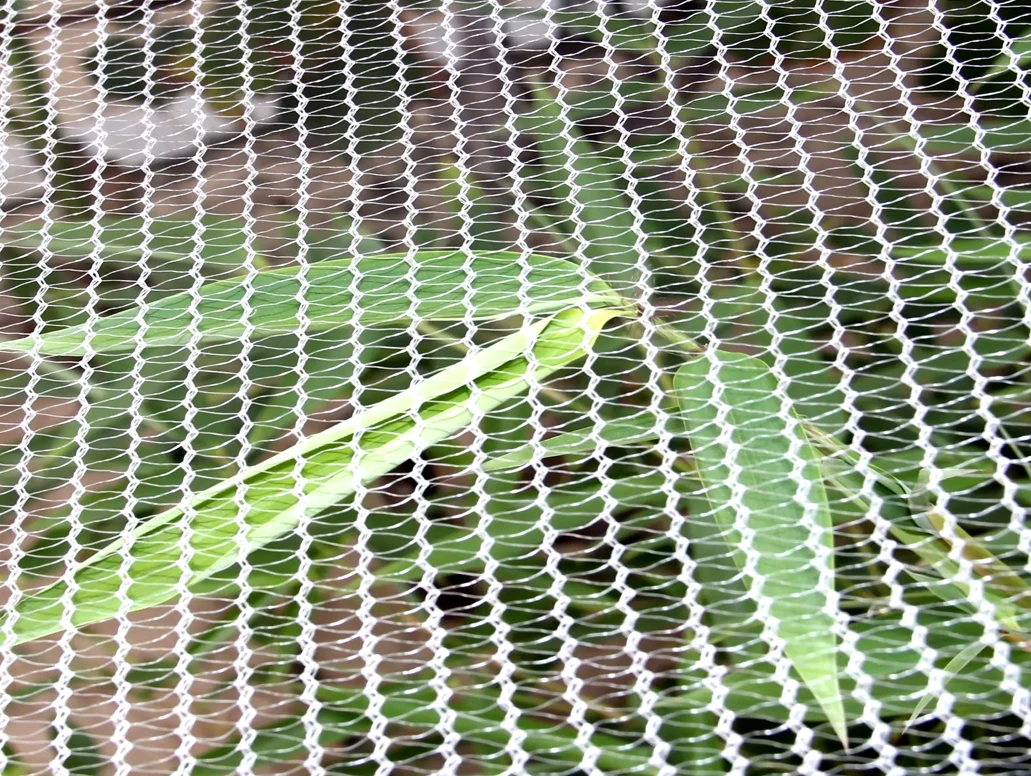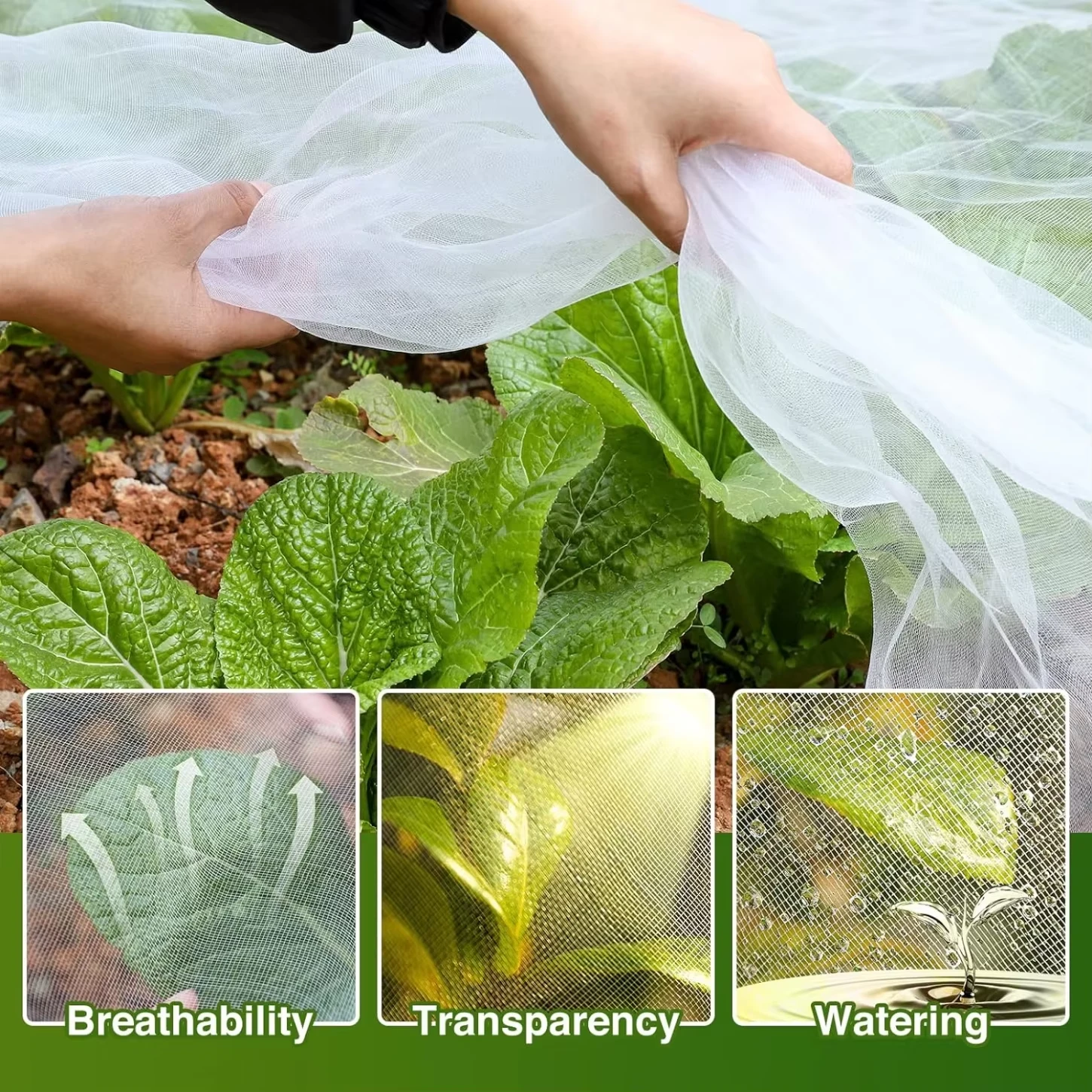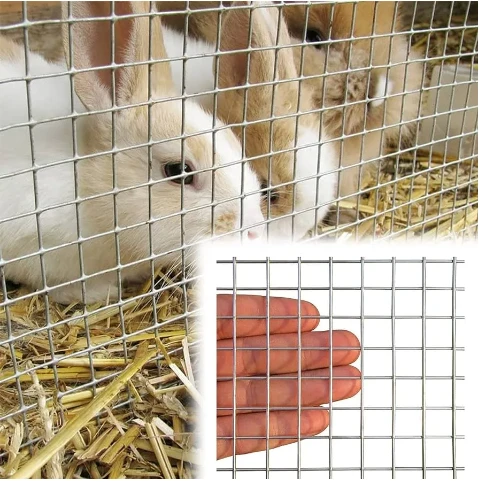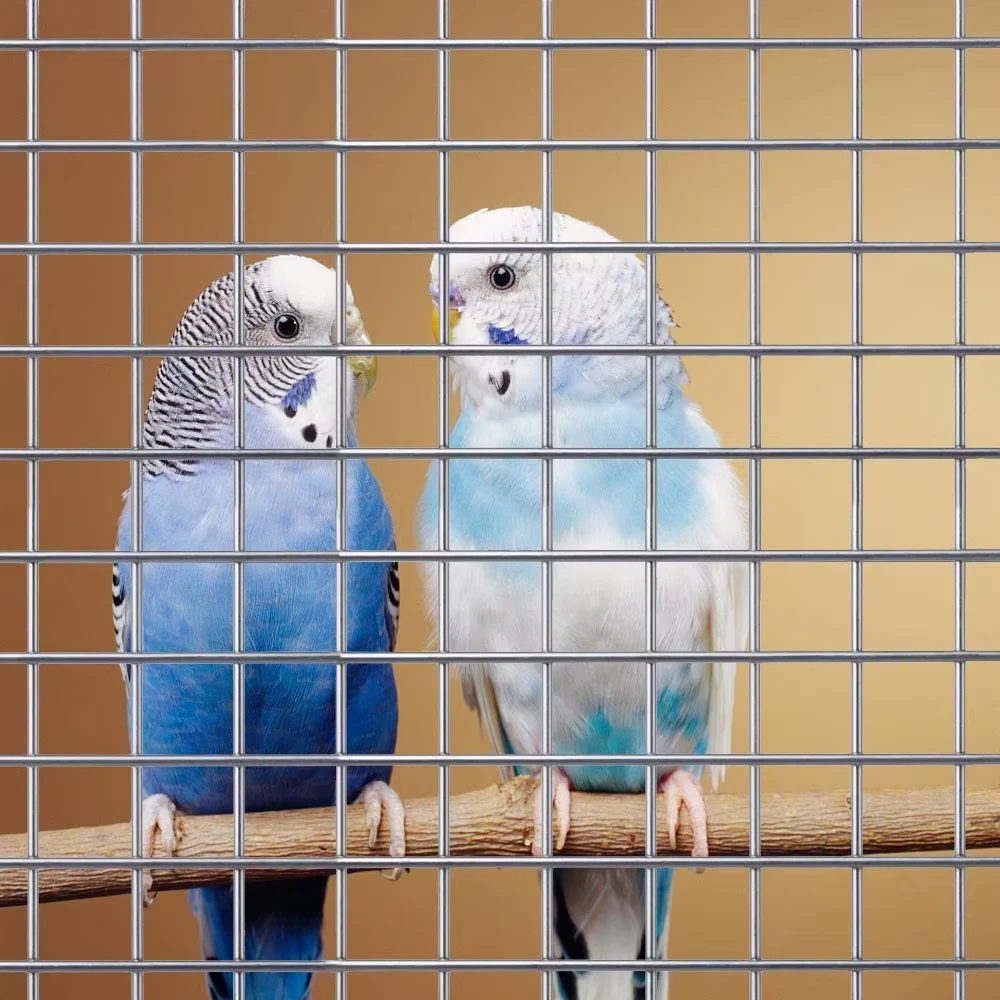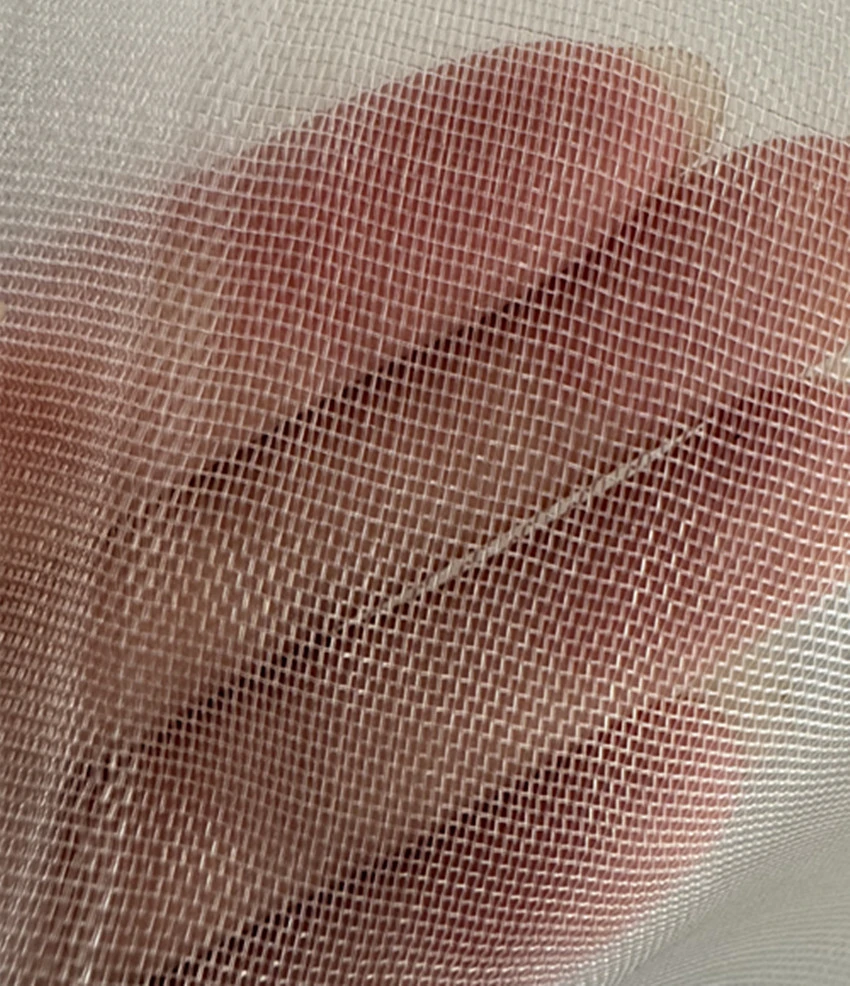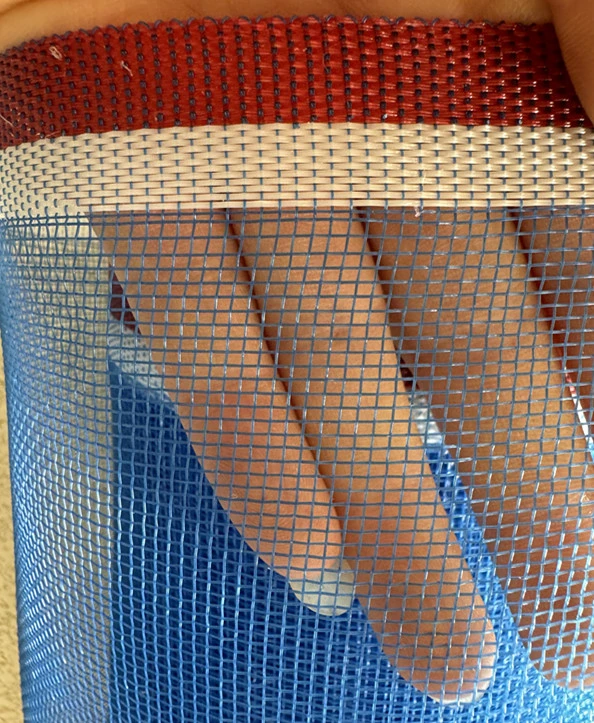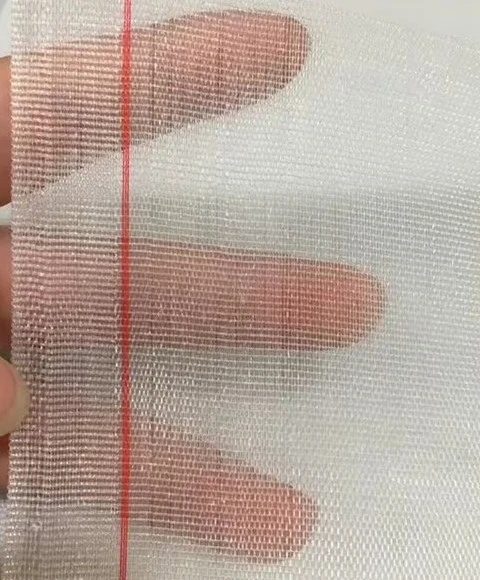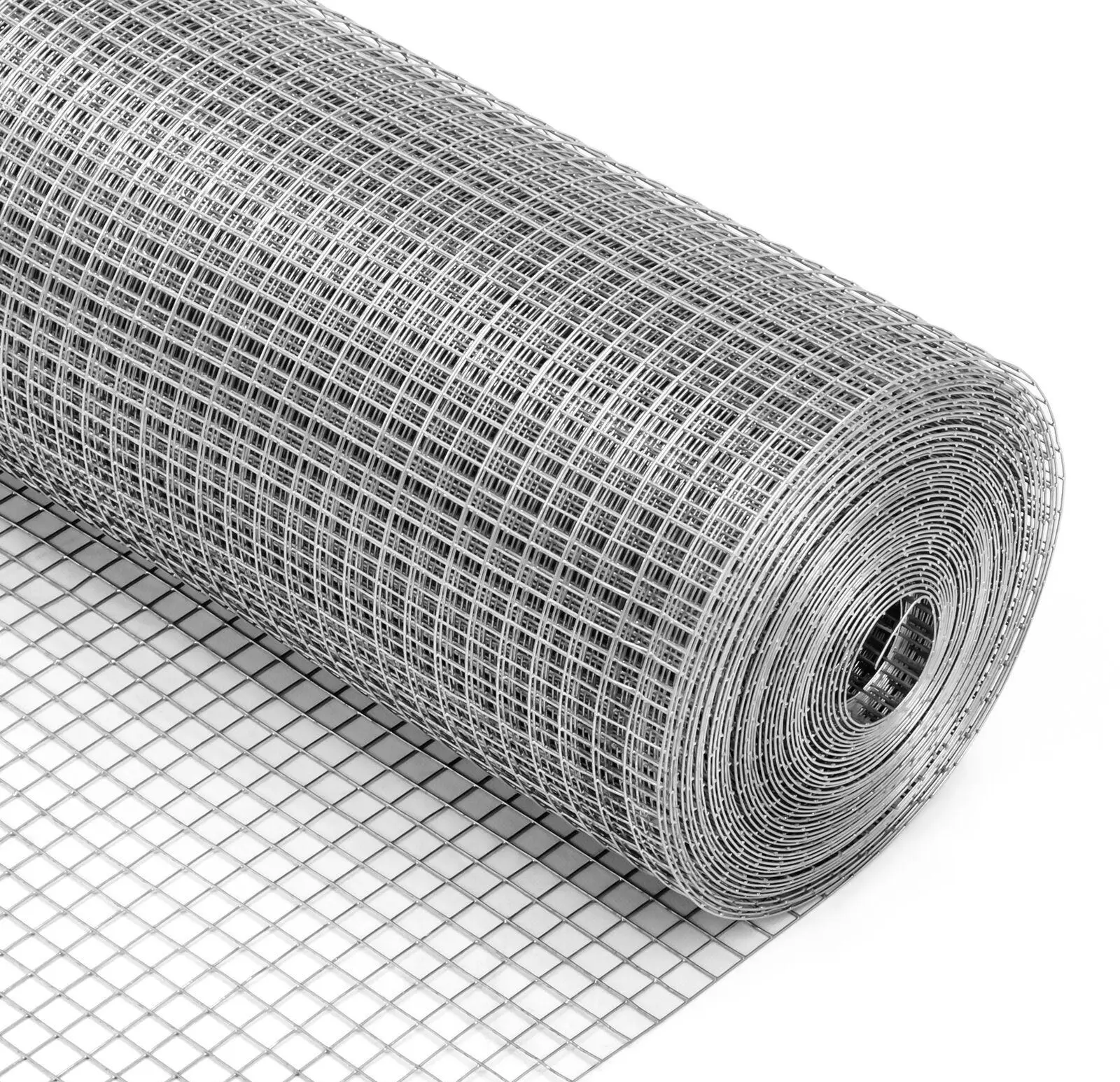-
 Afrikaans
Afrikaans -
 Albanian
Albanian -
 Amharic
Amharic -
 Arabic
Arabic -
 Armenian
Armenian -
 Azerbaijani
Azerbaijani -
 Basque
Basque -
 Belarusian
Belarusian -
 Bengali
Bengali -
 Bosnian
Bosnian -
 Bulgarian
Bulgarian -
 Catalan
Catalan -
 Cebuano
Cebuano -
 China
China -
 Corsican
Corsican -
 Croatian
Croatian -
 Czech
Czech -
 Danish
Danish -
 Dutch
Dutch -
 English
English -
 Esperanto
Esperanto -
 Estonian
Estonian -
 Finnish
Finnish -
 French
French -
 Frisian
Frisian -
 Galician
Galician -
 Georgian
Georgian -
 German
German -
 Greek
Greek -
 Gujarati
Gujarati -
 Haitian Creole
Haitian Creole -
 hausa
hausa -
 hawaiian
hawaiian -
 Hebrew
Hebrew -
 Hindi
Hindi -
 Miao
Miao -
 Hungarian
Hungarian -
 Icelandic
Icelandic -
 igbo
igbo -
 Indonesian
Indonesian -
 irish
irish -
 Italian
Italian -
 Japanese
Japanese -
 Javanese
Javanese -
 Kannada
Kannada -
 kazakh
kazakh -
 Khmer
Khmer -
 Rwandese
Rwandese -
 Korean
Korean -
 Kurdish
Kurdish -
 Kyrgyz
Kyrgyz -
 Lao
Lao -
 Latin
Latin -
 Latvian
Latvian -
 Lithuanian
Lithuanian -
 Luxembourgish
Luxembourgish -
 Macedonian
Macedonian -
 Malgashi
Malgashi -
 Malay
Malay -
 Malayalam
Malayalam -
 Maltese
Maltese -
 Maori
Maori -
 Marathi
Marathi -
 Mongolian
Mongolian -
 Myanmar
Myanmar -
 Nepali
Nepali -
 Norwegian
Norwegian -
 Norwegian
Norwegian -
 Occitan
Occitan -
 Pashto
Pashto -
 Persian
Persian -
 Polish
Polish -
 Portuguese
Portuguese -
 Punjabi
Punjabi -
 Romanian
Romanian -
 Russian
Russian -
 Samoan
Samoan -
 Scottish Gaelic
Scottish Gaelic -
 Serbian
Serbian -
 Sesotho
Sesotho -
 Shona
Shona -
 Sindhi
Sindhi -
 Sinhala
Sinhala -
 Slovak
Slovak -
 Slovenian
Slovenian -
 Somali
Somali -
 Spanish
Spanish -
 Sundanese
Sundanese -
 Swahili
Swahili -
 Swedish
Swedish -
 Tagalog
Tagalog -
 Tajik
Tajik -
 Tamil
Tamil -
 Tatar
Tatar -
 Telugu
Telugu -
 Thai
Thai -
 Turkish
Turkish -
 Turkmen
Turkmen -
 Ukrainian
Ukrainian -
 Urdu
Urdu -
 Uighur
Uighur -
 Uzbek
Uzbek -
 Vietnamese
Vietnamese -
 Welsh
Welsh -
 Bantu
Bantu -
 Yiddish
Yiddish -
 Yoruba
Yoruba -
 Zulu
Zulu
Durable Plastic Garden Netting: Insect & Butterfly Proof Protection
The Evolving Landscape of Horticultural Protection: Insights into Advanced Plastic Garden Netting Solutions
The agricultural and horticultural sectors are experiencing a transformative shift, driven by an increasing demand for sustainable and efficient crop protection methods. Traditional approaches often involve chemical pesticides, which, while effective, raise significant environmental and health concerns. This evolving landscape has propelled the development and adoption of physical barriers, with plastic garden netting emerging as a cornerstone technology. This advanced netting solution offers a versatile and eco-friendly alternative, safeguarding crops from a myriad of threats ranging from insect infestations and bird damage to adverse weather conditions. The global market for agricultural netting, specifically for protective applications, is projected to grow substantially, fueled by factors such as climate change volatility, the imperative for organic farming practices, and the rising interest in home gardening. Growers, from large-scale commercial farms to individual enthusiasts, are increasingly recognizing the long-term economic and ecological benefits of investing in durable, high-performance netting systems. This strategic shift is not merely about pest exclusion but encompasses a holistic approach to crop health, yield optimization, and resource conservation. Understanding the technical intricacies, material science, and application versatility of modern garden netting plastic is crucial for making informed decisions in this competitive market.
Our flagship product, the Garden Netting Plastic Mesh Net HDPE Anti Aphid Net, exemplifies this innovation. Crafted from high-density polyethylene (HDPE), it offers superior strength, UV stability, and optimal mesh configurations to ensure maximum protection without impeding essential light or airflow. The demand for specialized netting, such as insect proof garden netting and butterfly proof garden netting, highlights a critical need in precision agriculture. These nets are meticulously engineered to provide an impenetrable barrier against specific pests while minimizing disruption to beneficial insects or pollination processes. Industry trends indicate a strong preference for solutions that not only enhance yield but also reduce operational costs and environmental impact. The integration of advanced polymer science allows for varying mesh sizes, colors, and tensile strengths, catering to diverse agricultural requirements. This comprehensive approach ensures that crops receive optimal protection throughout their growth cycle, contributing to healthier plants, higher quality produce, and sustainable farming practices that resonate with both consumers and regulatory bodies. The commitment to innovation in material composition and manufacturing processes ensures that these netting solutions meet the rigorous demands of modern agriculture, providing reliable and long-lasting performance in various climates and applications.
Manufacturing Excellence: The Process Behind Robust Plastic Garden Netting
The production of high-quality plastic garden netting involves a sophisticated manufacturing process centered on the extrusion of high-density polyethylene (HDPE) monofilaments. This process begins with virgin HDPE resin pellets, selected for their superior strength-to-density ratio, chemical inertness, and inherent UV resistance. The resin is fed into an extruder, where it is melted at precise temperatures and forced through a die to form continuous monofilament strands. Critical parameters such as melt temperature, die pressure, and draw ratio are meticulously controlled to ensure uniform filament diameter and optimal molecular orientation, which directly impacts the netting's tensile strength and durability. Following extrusion, these individual monofilaments undergo a stretching process, known as orientation, which aligns the polymer chains and significantly enhances the material's strength and elasticity. This bi-axial stretching is a critical step, imparting the necessary robustness to withstand environmental stressors. Subsequently, the monofilaments are woven or knitted into various mesh configurations, utilizing advanced loom technology to achieve precise mesh sizes and uniform tension. The choice between weaving and knitting depends on the desired end-use properties, with knitted nets offering greater elasticity and resistance to unraveling, while woven nets provide higher rigidity and dimensional stability.

Quality control is paramount throughout the entire manufacturing journey of garden netting plastic. Each batch of HDPE resin undergoes rigorous material inspection to confirm its purity and compliance with industry standards, including specific gravity and melt flow index tests. During extrusion, continuous inline monitoring systems ensure consistent filament diameter and strength. Post-production, the finished netting is subjected to a battery of tests. These include tensile strength testing (e.g., ASTM D5034 for fabric tensile strength or ASTM D638 for plastic tensile properties), tear resistance (e.g., ASTM D1004), UV degradation resistance (simulated aging tests conforming to ISO 4892-2 or ASTM G154 to ensure long-term performance under sunlight), and precise mesh size verification using digital calipers or optical systems. Adherence to international quality management systems, such as ISO 9001, ensures that every production stage, from raw material procurement to final packaging, meets stringent quality benchmarks. This meticulous attention to detail guarantees a product with exceptional longevity, often boasting a lifespan of 5-10 years depending on environmental conditions and UV stabilization levels. These nets find extensive application in horticulture, agriculture, aquaculture, and even construction for debris control, demonstrating their versatility and robustness beyond typical garden uses. The inherent resistance to most agricultural chemicals and fertilizers further enhances their applicability and extends their service life, providing a reliable and cost-effective solution for various industries requiring durable mesh barriers.
Technical Specifications and Performance Metrics of High-Grade Garden Netting
Understanding the technical specifications of insect proof garden netting is crucial for effective deployment in diverse agricultural settings. The performance of these nets is fundamentally determined by several key parameters, including mesh size, material density (expressed in grams per square meter, GSM), UV stabilization levels, and tensile strength. Mesh size, for instance, dictates the type of pests excluded; a finer mesh (e.g., 0.6mm x 0.6mm) is essential for aphid and whitefly control, while a slightly larger mesh (e.g., 1.5mm x 1.5mm) may suffice for cabbage butterflies and larger insects. The material density directly correlates with the net's robustness and durability. Higher GSM values indicate more material per unit area, leading to increased resistance against tearing and mechanical stress, thereby extending the product's lifespan. UV stabilization, achieved through the incorporation of specialized additives during the HDPE extrusion process, is critical for preventing degradation from prolonged sun exposure, a common issue in outdoor applications. Without adequate UV protection, nets can become brittle and lose their integrity within a single season. Furthermore, tensile strength, measured in Newtons (N) or pounds per square inch (psi), represents the net's ability to withstand pulling forces before breaking. This is particularly important for nets stretched over large areas or exposed to high winds.

A detailed examination of typical product specifications for high-quality butterfly proof garden netting underscores their precision engineering. For example, a standard anti-aphid net, like our Garden Netting Plastic Mesh Net HDPE Anti Aphid Net, might feature a mesh aperture of 0.6mm x 0.6mm, a GSM of 80-100 g/m², and UV resistance exceeding 500 Kly (kilo-Langley, a measure of UV radiation exposure). These specifications are not arbitrary; they are meticulously calibrated to balance pest exclusion with optimal light transmission and airflow, ensuring a healthy microclimate for crop growth. Test data from independent laboratories often confirm these properties, providing an authoritative basis for product claims. For instance, light transmission rates typically range from 85% to 90%, allowing sufficient photosynthesis while providing protection. Airflow permeability is also critical, preventing excessive heat buildup and humidity, which can foster fungal diseases. Our rigorous internal testing protocols, along with compliance to international material standards such as those set by the American Society for Testing and Materials (ASTM) for plastics, ensure that our products consistently meet or exceed performance expectations. The precision in mesh uniformity, achieved through advanced weaving techniques, guarantees consistent protection across the entire covered area, a vital factor for commercial growers aiming to minimize crop loss and maximize yield efficiency.
Key Technical Parameters for Plastic Garden Netting
| Parameter | Description | Typical Range/Value | Significance |
|---|---|---|---|
| Material | High-Density Polyethylene (HDPE) Monofilament | Virgin HDPE | Ensures durability, chemical resistance, and non-toxicity. |
| Mesh Aperture (mm) | Size of the individual holes in the net. | 0.6mm x 0.6mm (Anti-Aphid) to 5.0mm x 5.0mm (Bird/Deer) | Determines the size of excluded pests/animals. Finer for insects, coarser for birds/animals. |
| Weight (GSM) | Grams per Square Meter (material density). | 30 - 150 g/m² | Higher GSM indicates greater strength, durability, and material quantity. |
| UV Stabilization | Resistance to degradation from ultraviolet radiation. | 3% - 5% UV inhibitors; >500 Kly | Crucial for outdoor longevity, preventing premature embrittlement. |
| Tensile Strength | Maximum stress the material can withstand before breaking. | Varies by mesh type; e.g., 200-500 N/5cm for insect nets. | Indicates resistance to tearing and stretching under tension. |
| Light Transmission | Percentage of sunlight that passes through the netting. | 80% - 92% | Ensures sufficient light for photosynthesis while filtering harmful UV. |
| Lifespan | Expected operational life under typical conditions. | 5-10 years (depending on UV protection & environment) | Economic benefit; reduces frequency of replacement. |
Versatile Applications and Unmatched Advantages of Plastic Garden Netting
The application scenarios for modern plastic garden netting extend far beyond basic garden pest control, encompassing a broad spectrum of agricultural and specialized uses. In commercial horticulture, fine mesh nets are indispensable for creating protected environments for high-value crops like leafy greens, berries, and organic vegetables, where even minor insect damage can significantly reduce marketability. Farmers utilize extensive netting systems for exclusion tunnels and greenhouses, providing a physical barrier against pests such as aphids, whiteflies, thrips, and even larger vectors of plant diseases. This proactive approach significantly reduces reliance on chemical sprays, aligning with integrated pest management (IPM) strategies and organic certification requirements. Beyond insect exclusion, heavier gauge plastic netting serves as bird netting for vineyards and orchards, preventing crop loss from avian predation, and as hail netting, safeguarding delicate produce from adverse weather phenomena. The lightweight nature of HDPE netting makes it easy to install and remove, adaptable to various framing systems from simple hoops to complex tensioned structures. Furthermore, its inherent resistance to rot, mildew, and most agricultural chemicals ensures longevity and minimal maintenance requirements, providing a significant advantage over traditional, less durable protective covers.

The technical advantages offered by advanced garden netting plastic solutions are manifold, directly translating into tangible benefits for growers. Firstly, the anti-aphid and anti-insect properties are exceptionally effective, forming a physical barrier that pests cannot penetrate, thereby protecting crops from damage and disease transmission from the initial seedling stage through to harvest. This results in healthier plants, higher yields, and improved produce quality, directly impacting profitability. Secondly, the superior UV stabilization of our HDPE netting ensures extended durability and a significantly longer service life compared to inferior products. This reduces the frequency and cost of replacement, offering a compelling return on investment over many seasons. Thirdly, the optimal light transmission and airflow characteristics of our nets maintain an ideal microclimate for plant growth, preventing heat stress and promoting healthy development. This is a critical distinction from other coverings that might overly restrict light or ventilation. Finally, the non-toxic and environmentally friendly nature of HDPE aligns with global sustainability initiatives, providing a safe solution for both crops and the environment. Customer testimonials frequently highlight reduced pesticide use, improved crop quality, and increased profitability as key outcomes of deploying our specialized netting solutions. These advantages underscore our product's role as a strategic asset for any agricultural operation focused on maximizing efficiency, sustainability, and crop integrity.
Strategic Procurement: Manufacturer Comparison and Customization Expertise
When evaluating suppliers for plastic garden netting, B2B decision-makers must consider not only immediate product specifications but also the long-term reliability, customization capabilities, and post-sales support offered by manufacturers. While many suppliers offer basic netting, distinguishing features lie in material quality, manufacturing precision, and adherence to international standards. Reputable manufacturers, like us, leverage decades of experience in wire mesh and netting solutions, ensuring a deep understanding of material science and application demands. Our commitment to ISO 9001 certified manufacturing processes provides an authoritative guarantee of consistent quality control and product performance. Unlike some competitors who may use recycled or lower-grade HDPE, compromising durability and UV resistance, our products are engineered from virgin HDPE, specifically formulated for outdoor agricultural use. This commitment extends to rigorous internal testing, often surpassing standard industry benchmarks, to validate tensile strength, mesh uniformity, and UV longevity. Our expansive production capabilities allow for volume orders with competitive pricing, appealing to large-scale distributors and commercial growers seeking reliable supply chains. Moreover, our long-standing relationships with key agricultural clients globally underscore our proven track record and trustworthiness in delivering high-performance netting solutions that withstand diverse environmental conditions and operational demands.

Our core strength lies in providing comprehensive customization solutions for insect proof garden netting, tailored to the unique requirements of specific projects or large-scale agricultural operations. We understand that standard sizes and mesh types may not always align perfectly with bespoke greenhouse designs, unique crop types, or specific pest challenges. Our technical team collaborates closely with clients to define precise mesh aperture, roll width and length, GSM, color (e.g., clear, black, green for varying light transmission needs), and specific levels of UV stabilization or anti-aphid treatment. This bespoke engineering ensures optimal performance and efficiency, minimizing material waste and maximizing protective efficacy. For instance, a client requiring specific dimensions for a multi-span greenhouse structure would benefit from custom-cut rolls, reducing installation time and material overlap. Similarly, for regions experiencing extreme UV radiation, we can formulate HDPE with enhanced UV inhibitors, guaranteeing an extended lifespan. Our robust R&D capabilities allow for rapid prototyping and testing of customized solutions, ensuring that the final product meets exacting performance criteria. This adaptability, coupled with our rigorous quality assurance protocols, positions us as a preferred partner for B2B entities seeking highly specific, high-quality plastic garden netting solutions that deliver measurable value and superior crop protection.
Real-World Impact: Application Cases and Proven Success with Garden Netting Plastic
The tangible benefits of deploying our advanced garden netting plastic solutions are best illustrated through real-world application cases, showcasing their effectiveness across diverse agricultural scenarios. One notable instance involved a large organic strawberry farm in California facing significant challenges from whitefly infestations, which were threatening to decimate their high-value crop and compromise their organic certification. By implementing our specialized anti-aphid netting in their tunnel structures, the farm achieved a verifiable 95% reduction in whitefly populations within the protected areas. This led to a substantial increase in marketable yield, improved fruit quality, and a complete elimination of chemical pesticide use for whitefly control, directly translating into enhanced profitability and ecological compliance. Another case involved a commercial blueberry producer in the Pacific Northwest struggling with bird damage, especially during ripening season. After installing our robust bird netting, designed with a larger yet effective mesh, crop losses due to birds plummeted by over 80%, securing a critical harvest. These examples underscore the direct economic and environmental impact of our tailored netting solutions, validating their practical efficacy in demanding agricultural environments.

Beyond large commercial operations, our butterfly proof garden netting has also proven invaluable for specialized growers and nurseries. A horticultural nursery specializing in rare and exotic ornamental plants, which are highly susceptible to damage from various lepidopteran pests, implemented our fine-mesh netting to create a dedicated exclusion zone. This intervention drastically reduced caterpillar damage, preserving the aesthetic and market value of their delicate flora without resorting to systemic insecticides. The nursery reported a significant improvement in plant health and a notable reduction in labor costs associated with manual pest inspection and removal. These successes are built upon our comprehensive client support, extending from initial consultation and technical specification review to logistics and after-sales assistance. Our team provides expert guidance on installation best practices, maintenance tips, and long-term performance optimization, ensuring clients derive maximum value from their investment. The long service life of our HDPE netting, backed by robust testing and quality assurances, offers peace of mind to growers who depend on reliable protection year after year. These diverse application cases reflect our dedication to providing customized, high-performance netting solutions that address specific agricultural challenges, contributing to sustainable farming and enhanced productivity globally.
Trust & Transparency: FAQ, Delivery, and Support
Frequently Asked Questions (FAQ)
Q: What is the typical lifespan of your HDPE plastic garden netting?
A: Our HDPE netting is treated with high-grade UV stabilizers, ensuring a typical lifespan of 5-10 years under normal outdoor conditions. This can vary based on regional UV intensity and installation practices.
Q: How does mesh size affect pest control effectiveness?
A: Mesh size is critical. Finer meshes (e.g., 0.6mm) are designed to exclude tiny insects like aphids and whiteflies, while larger meshes (e.g., 2.5mm or more) are effective against birds, butterflies, and larger pests. Selecting the correct mesh is vital for targeted protection.
Q: Is your netting resistant to agricultural chemicals?
A: Yes, HDPE is inherently resistant to most acids, alkalis, and common agricultural chemicals, ensuring the netting's integrity and longevity even when exposed to sprays or fertilizers.
Delivery and Logistics
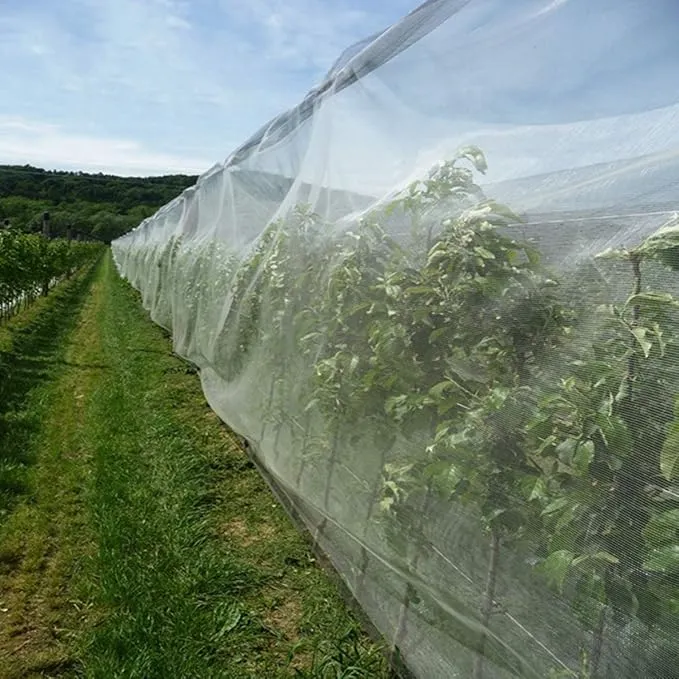
We pride ourselves on efficient global logistics and reliable delivery schedules for all orders of garden netting plastic. Our standard lead time for most bulk orders is typically 2-4 weeks from order confirmation, subject to customization requirements and current production capacity. We work with reputable international freight forwarders to ensure timely and secure delivery to various global destinations, including port-to-port or door-to-door services depending on client preference. Each shipment is meticulously packaged to prevent damage during transit, ensuring the product arrives in pristine condition. For urgent requirements or specialized projects, expedited manufacturing and shipping options can be discussed with our sales team. We provide comprehensive tracking information and dedicated logistics support to keep clients informed every step of the way, from our factory floor to their receiving dock.
Quality Assurance and Customer Support
Our commitment to quality is underscored by a robust quality assurance framework. All our plastic garden netting products conform to ISO 9001:2015 quality management standards, guaranteeing consistency in manufacturing processes and product attributes. We offer a comprehensive warranty against manufacturing defects for a specified period, typically 2-5 years, depending on the product type and application, reflecting our confidence in the longevity and performance of our netting. Beyond the sale, our dedicated customer support team provides expert technical assistance, installation guidance, and problem-solving. Whether it's selecting the right mesh for a specific crop or assisting with large-scale project planning, our experienced professionals are available to ensure complete client satisfaction. We believe in building long-term partnerships, providing continuous support to help our clients achieve their agricultural objectives.
Authoritative References
- Agricultural Engineering International: CIGR Journal. "Effectiveness of Anti-Insect Netting on Crop Protection and Microclimate."
- Journal of Horticultural Science & Biotechnology. "Advances in Photoselective Netting for Modifying Crop Environment and Yield."
- Polymer Degradation and Stability. "UV Stabilization Mechanisms in Polyethylene for Agricultural Applications."
- Pest Management Science. "Integrated Pest Management Approaches Utilizing Physical Barriers in Protected Cultivation."
- HortScience. "Influence of Netting on Light Spectrum, Photosynthesis, and Productivity of Fruit Crops."
-
The Sunshade Net Can Block Ultraviolet RaysNewsAug.11,2025
-
Main Application and Technology of Nylon ScreenNewsAug.11,2025
-
Green Anti UV Sunshade Net: The Perfect Combination of Ecological Friendliness and Practical PerformanceNewsAug.11,2025
-
Explore the Sunshade NetNewsAug.11,2025
-
Application and Development of Nylon Screen in Fuel Processing and TreatmentNewsAug.11,2025
-
Application and Advantages of Nylon Screen for AquacultureNewsAug.11,2025




